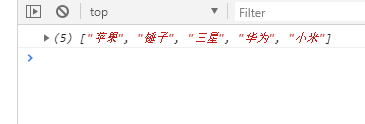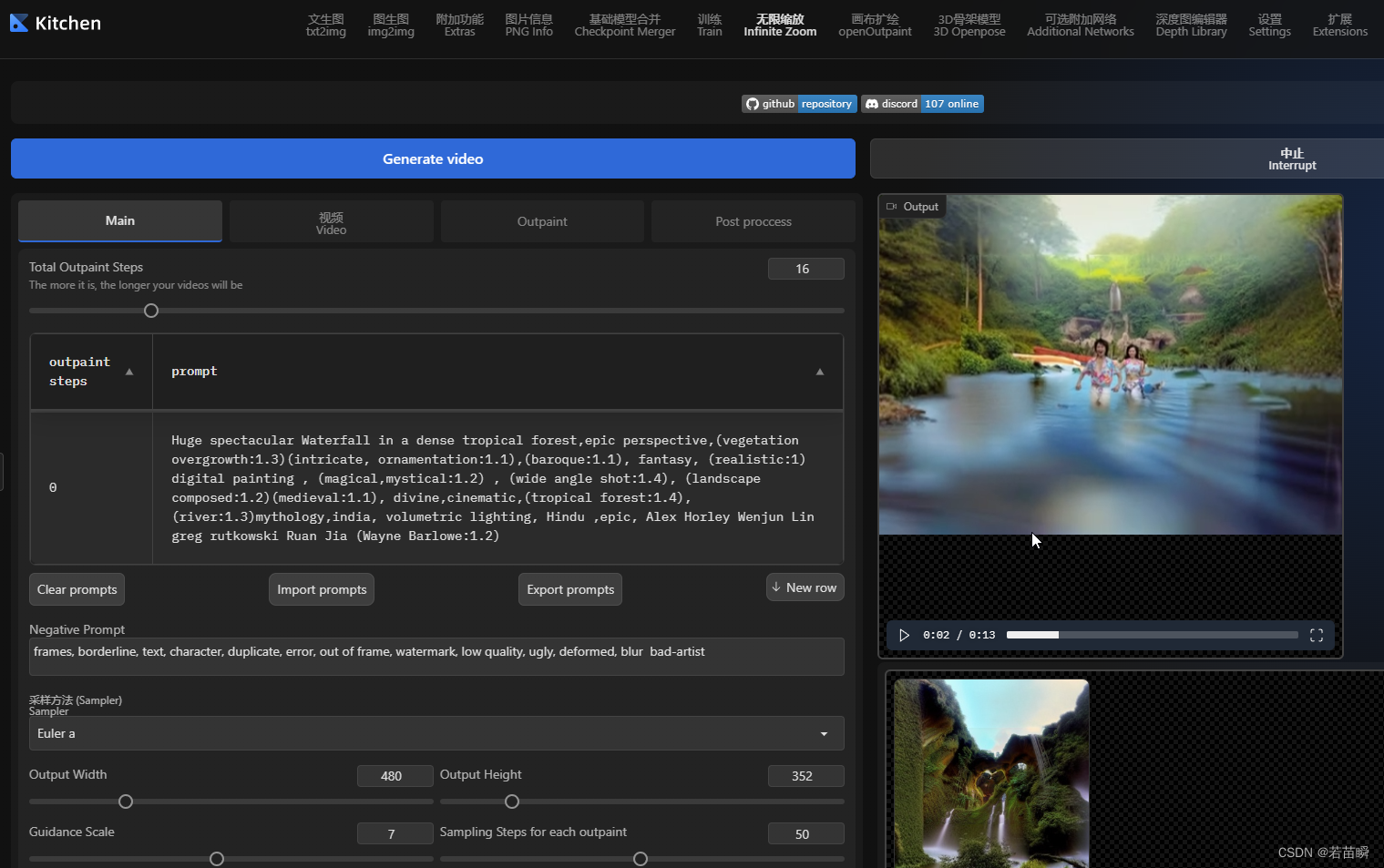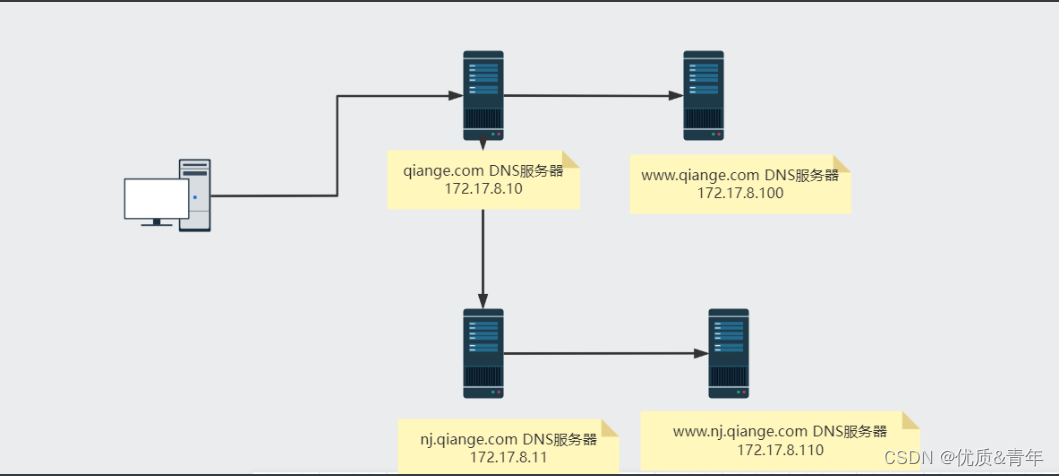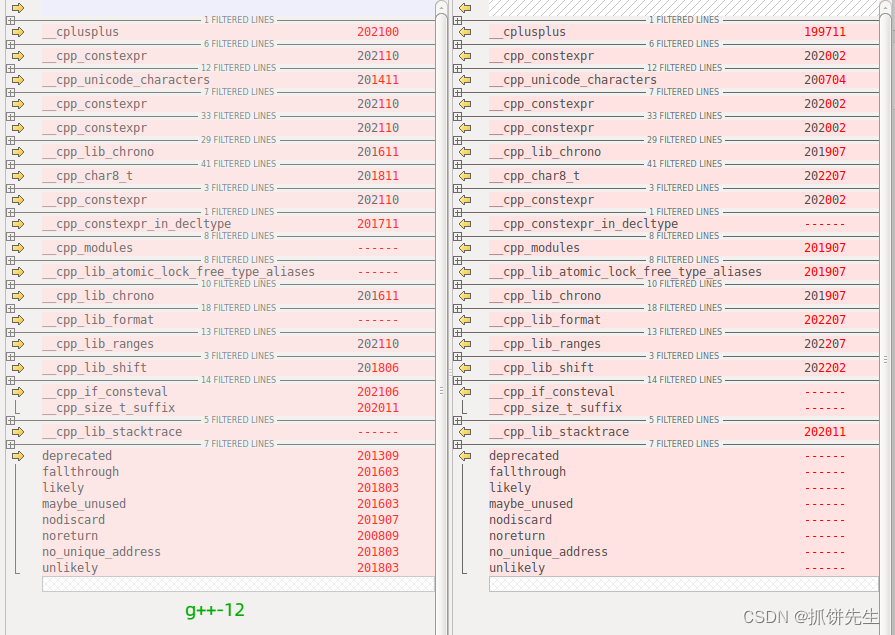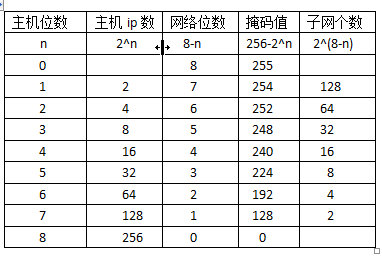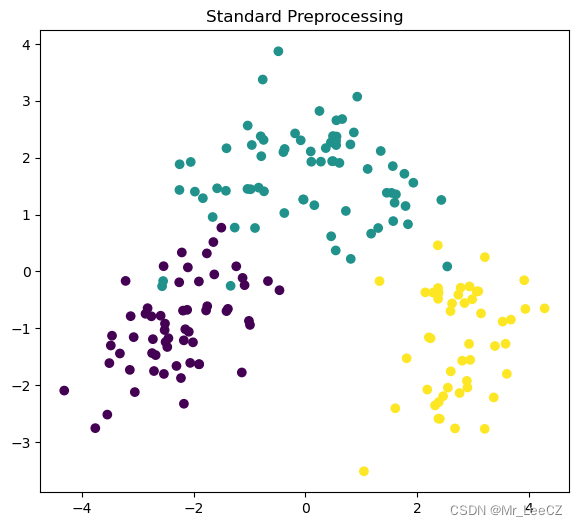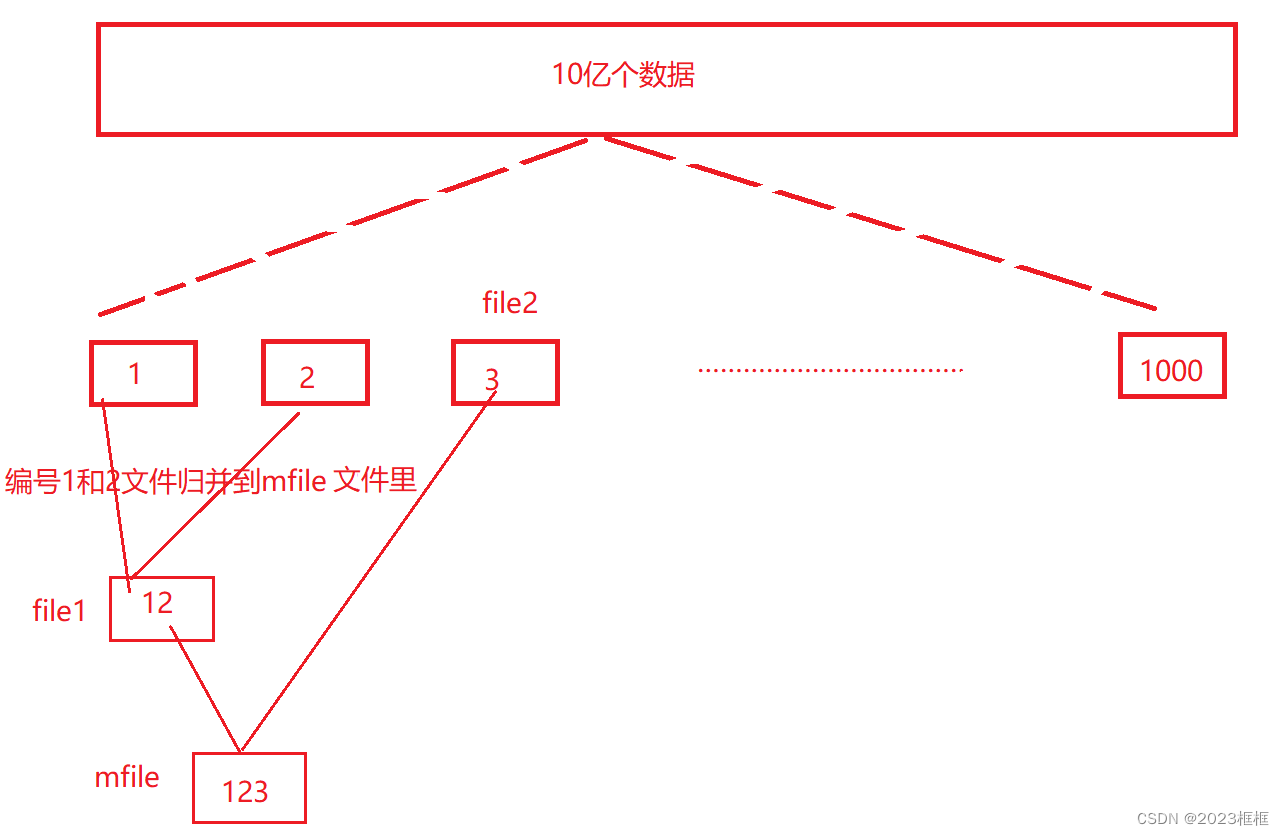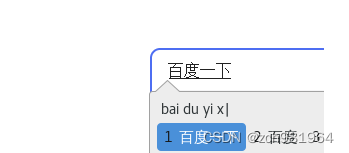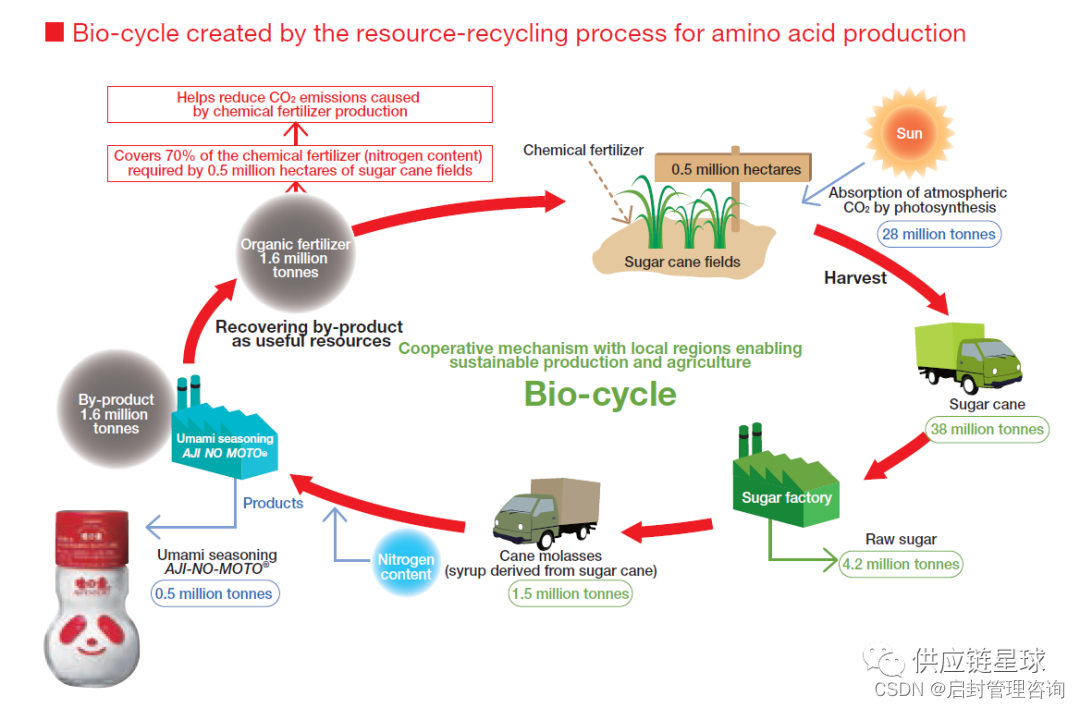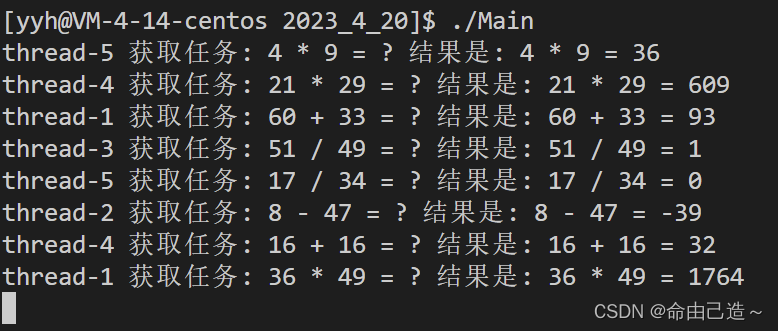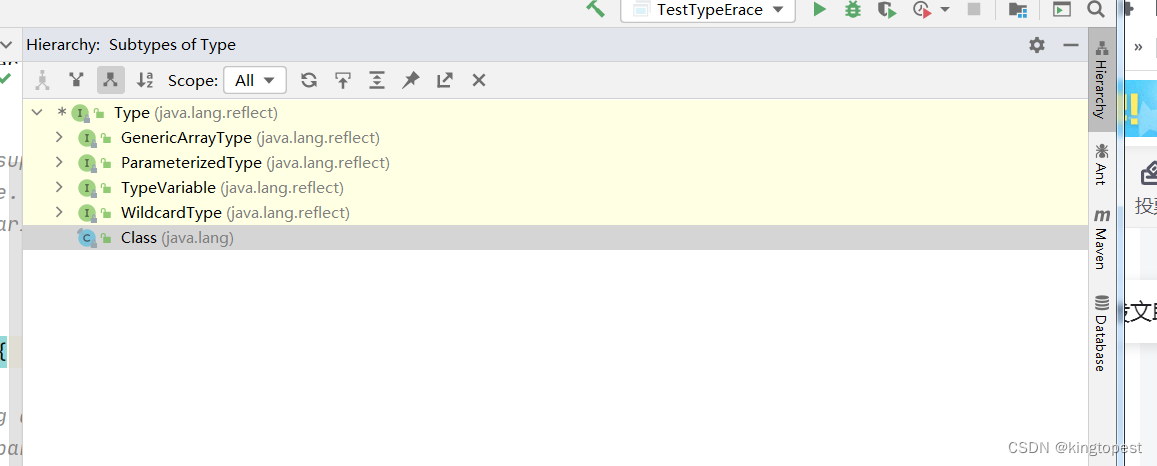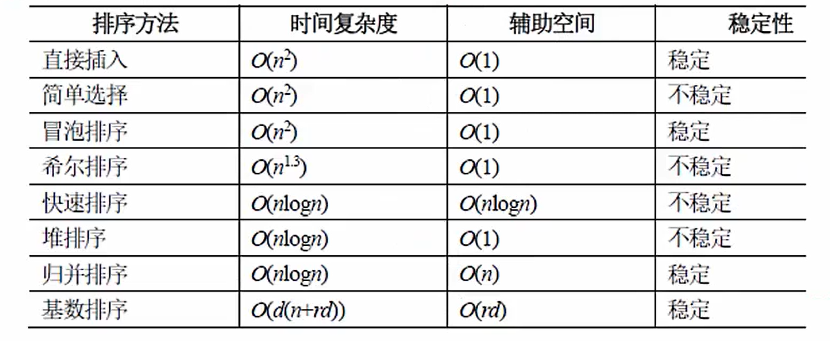
目录
121. 买卖股票的最佳时机 🌟
122. 买卖股票的最佳时机 II 🌟🌟
123. 买卖股票的最佳时机 III 🌟🌟🌟
188. 买卖股票的最佳时机 IV 🌟🌟🌟
🌟 每日一练刷题专栏 🌟
Golang每日一练 专栏
Python每日一练 专栏
C/C++每日一练 专栏
Java每日一练 专栏
Best-time-to-buy-and-sell-stock(1~4)
121. 买卖股票的最佳时机
给定一个数组 prices ,它的第 i 个元素 prices[i] 表示一支给定股票第 i 天的价格。
你只能选择 某一天 买入这只股票,并选择在 未来的某一个不同的日子 卖出该股票。设计一个算法来计算你所能获取的最大利润。
返回你可以从这笔交易中获取的最大利润。如果你不能获取任何利润,返回 0 。
示例 1:
输入:[7,1,5,3,6,4]
输出:5
解释:在第 2 天(股票价格 = 1)的时候买入,在第 5 天(股票价格 = 6)的时候卖出,最大利润 = 6-1 = 5 。
注意利润不能是 7-1 = 6, 因为卖出价格需要大于买入价格;同时,你不能在买入前卖出股票。
示例 2:
输入:prices = [7,6,4,3,1] 输出:0 解释:在这种情况下, 没有交易完成, 所以最大利润为 0。
提示:
1 <= prices.length <= 10^50 <= prices[i] <= 10^4
代码1:
package main
import (
"fmt"
)
func maxProfit(prices []int) int {
maxProfit := 0
for i := 0; i < len(prices); i++ {
for j := i + 1; j < len(prices); j++ {
profit := prices[j] - prices[i]
if profit > maxProfit {
maxProfit = profit
}
}
}
return maxProfit
}
func main() {
prices := []int{7, 1, 5, 3, 6, 4}
fmt.Println(maxProfit(prices))
prices = []int{7, 6, 4, 3, 1}
fmt.Println(maxProfit(prices))
}
代码2:
package main
import (
"fmt"
)
func maxProfit(prices []int) int {
minPrice := 1 << 31
maxProfit := 0
for _, price := range prices {
if price < minPrice {
minPrice = price
} else if price-minPrice > maxProfit {
maxProfit = price - minPrice
}
}
return maxProfit
}
func main() {
prices := []int{7, 1, 5, 3, 6, 4}
fmt.Println(maxProfit(prices))
prices = []int{7, 6, 4, 3, 1}
fmt.Println(maxProfit(prices))
}
代码3: 动态规划
package main
import (
"fmt"
)
func maxProfit(prices []int) int {
minPrices := make([]int, len(prices))
minPrices[0] = prices[0]
for i := 1; i < len(prices); i++ {
minPrices[i] = min(minPrices[i-1], prices[i])
}
maxProfit := 0
for i := 0; i < len(prices); i++ {
profit := prices[i] - minPrices[i]
if profit > maxProfit {
maxProfit = profit
}
}
return maxProfit
}
func min(a, b int) int {
if a < b {
return a
}
return b
}
func main() {
prices := []int{7, 1, 5, 3, 6, 4}
fmt.Println(maxProfit(prices))
prices = []int{7, 6, 4, 3, 1}
fmt.Println(maxProfit(prices))
}
输出:
5
0
122. 买卖股票的最佳时机 II
给你一个整数数组 prices ,其中 prices[i] 表示某支股票第 i 天的价格。
在每一天,你可以决定是否购买和/或出售股票。你在任何时候 最多 只能持有 一股 股票。你也可以先购买,然后在 同一天 出售。
返回 你能获得的 最大 利润 。
示例 1:
输入:prices = [7,1,5,3,6,4]
输出:7
解释:在第 2 天(股票价格 = 1)的时候买入,在第 3 天(股票价格 = 5)的时候卖出, 这笔交易所能获得利润 = 5 - 1 = 4 。
随后,在第 4 天(股票价格 = 3)的时候买入,在第 5 天(股票价格 = 6)的时候卖出, 这笔交易所能获得利润 = 6 - 3 = 3 。
总利润为 4 + 3 = 7 。
示例 2:
输入:prices = [1,2,3,4,5] 输出:4 解释:在第 1 天(股票价格 = 1)的时候买入,在第 5 天 (股票价格 = 5)的时候卖出, 这笔交易所能获得利润 = 5 - 1 = 4 。 总利润为 4 。
示例 3:
输入:prices = [7,6,4,3,1] 输出:0 解释:在这种情况下, 交易无法获得正利润,所以不参与交易可以获得最大利润,最大利润为 0 。
提示:
1 <= prices.length <= 3 * 10^40 <= prices[i] <= 10^4
代码1: 贪心算法
package main
import (
"fmt"
)
func maxProfit(prices []int) int {
maxProfit := 0
for i := 1; i < len(prices); i++ {
if prices[i] > prices[i-1] {
maxProfit += prices[i] - prices[i-1]
}
}
return maxProfit
}
func main() {
prices := []int{7, 1, 5, 3, 6, 4}
fmt.Println(maxProfit(prices))
prices = []int{1, 2, 3, 4, 5}
fmt.Println(maxProfit(prices))
prices = []int{7, 6, 4, 3, 1}
fmt.Println(maxProfit(prices))
}
代码2: 动态规划
package main
import (
"fmt"
)
func maxProfit(prices []int) int {
n := len(prices)
if n < 2 {
return 0
}
dp := make([][]int, n)
for i := 0; i < n; i++ {
dp[i] = make([]int, 2)
}
dp[0][0] = 0
dp[0][1] = -prices[0]
for i := 1; i < n; i++ {
dp[i][0] = max(dp[i-1][0], dp[i-1][1]+prices[i])
dp[i][1] = max(dp[i-1][1], dp[i-1][0]-prices[i])
}
return dp[n-1][0]
}
func max(a, b int) int {
if a > b {
return a
}
return b
}
func main() {
prices := []int{7, 1, 5, 3, 6, 4}
fmt.Println(maxProfit(prices))
prices = []int{1, 2, 3, 4, 5}
fmt.Println(maxProfit(prices))
prices = []int{7, 6, 4, 3, 1}
fmt.Println(maxProfit(prices))
}
输出:
7
4
0
123. 买卖股票的最佳时机 III
给定一个数组,它的第 i 个元素是一支给定的股票在第 i 天的价格。
设计一个算法来计算你所能获取的最大利润。你最多可以完成 两笔 交易。
注意:你不能同时参与多笔交易(你必须在再次购买前出售掉之前的股票)。
示例 1:
输入:prices = [3,3,5,0,0,3,1,4] 输出:6 解释:在第 4 天(股票价格 = 0)的时候买入,在第 6 天(股票价格 = 3)的时候卖出,这笔交易所能获得利润 = 3-0 = 3 。 随后,在第 7 天(股票价格 = 1)的时候买入,在第 8 天 (股票价格 = 4)的时候卖出,这笔交易所能获得利润 = 4-1 = 3 。
示例 2:
输入:prices = [1,2,3,4,5] 输出:4 解释:在第 1 天(股票价格 = 1)的时候买入,在第 5 天 (股票价格 = 5)的时候卖出, 这笔交易所能获得利润 = 5-1 = 4 。 注意你不能在第 1 天和第 2 天接连购买股票,之后再将它们卖出。 因为这样属于同时参与了多笔交易,你必须在再次购买前出售掉之前的股票。
示例 3:
输入:prices = [7,6,4,3,1] 输出:0 解释:在这个情况下, 没有交易完成, 所以最大利润为 0。
示例 4:
输入:prices = [1] 输出:0
提示:
1 <= prices.length <= 10^50 <= prices[i] <= 10^5
代码1:
package main
import (
"fmt"
)
func maxProfit(prices []int) int {
if len(prices) <= 1 {
return 0
}
buy1, sell1, buy2, sell2 := -prices[0], 0, -prices[0], 0
for i := 1; i < len(prices); i++ {
buy1 = max(buy1, -prices[i])
sell1 = max(sell1, buy1+prices[i])
buy2 = max(buy2, sell1-prices[i])
sell2 = max(sell2, buy2+prices[i])
}
return sell2
}
func max(a, b int) int {
if a > b {
return a
}
return b
}
func main() {
prices := []int{3, 3, 5, 0, 0, 3, 1, 4}
fmt.Println(maxProfit(prices))
prices = []int{1, 2, 3, 4, 5}
fmt.Println(maxProfit(prices))
prices = []int{7, 6, 4, 3, 1}
fmt.Println(maxProfit(prices))
}
代码2: 动态规划
package main
import (
"fmt"
)
func maxProfit(prices []int) int {
n := len(prices)
if n <= 1 {
return 0
}
dp := make([][]int, n)
for i := 0; i < n; i++ {
dp[i] = make([]int, 3)
}
dp[0][0] = -prices[0]
dp[0][1] = 0
dp[0][2] = 0
for i := 1; i < n; i++ {
dp[i][0] = max(dp[i-1][0], dp[i-1][2]-prices[i])
dp[i][1] = max(dp[i-1][1], dp[i-1][0]+prices[i])
dp[i][2] = max(dp[i-1][2], dp[i-1][1])
}
return dp[n-1][1]
}
func max(a, b int) int {
if a > b {
return a
}
return b
}
func main() {
prices := []int{3, 3, 5, 0, 0, 3, 1, 4}
fmt.Println(maxProfit(prices))
prices = []int{1, 2, 3, 4, 5}
fmt.Println(maxProfit(prices))
prices = []int{7, 6, 4, 3, 1}
fmt.Println(maxProfit(prices))
}
输出:
6
4
0
188. 买卖股票的最佳时机 IV
给定一个整数数组 prices ,它的第 i 个元素 prices[i] 是一支给定的股票在第 i 天的价格。
设计一个算法来计算你所能获取的最大利润。你最多可以完成 k 笔交易。
注意:你不能同时参与多笔交易(你必须在再次购买前出售掉之前的股票)。
示例 1:
输入:k = 2, prices = [2,4,1] 输出:2 解释:在第 1 天 (股票价格 = 2) 的时候买入,在第 2 天 (股票价格 = 4) 的时候卖出,这笔交易所能获得利润 = 4-2 = 2 。
示例 2:
输入:k = 2, prices = [3,2,6,5,0,3]
输出:7
解释:在第 2 天 (股票价格 = 2) 的时候买入,在第 3 天 (股票价格 = 6) 的时候卖出, 这笔交易所能获得利润 = 6-2 = 4 。
随后,在第 5 天 (股票价格 = 0) 的时候买入,在第 6 天 (股票价格 = 3) 的时候卖出, 这笔交易所能获得利润 = 3-0 = 3 。
提示:
0 <= k <= 1000 <= prices.length <= 10000 <= prices[i] <= 1000
代码: 动态规划
package main
import (
"fmt"
)
func maxProfit(k int, prices []int) int {
if k == 0 || len(prices) == 0 {
return 0
}
n := len(prices)
if k > n/2 {
// 相当于k为正无穷
return maxProfitInf(prices)
}
dp := make([][][]int, n)
for i := 0; i < n; i++ {
dp[i] = make([][]int, k+1)
for j := 0; j <= k; j++ {
dp[i][j] = make([]int, 2)
}
}
for i := 0; i < n; i++ {
for j := 1; j <= k; j++ {
if i == 0 {
// 处理边界
dp[i][j][0] = 0
dp[i][j][1] = -prices[i]
continue
}
dp[i][j][0] = max(dp[i-1][j][0], dp[i-1][j][1]+prices[i])
dp[i][j][1] = max(dp[i-1][j][1], dp[i-1][j-1][0]-prices[i])
}
}
return dp[n-1][k][0]
}
func maxProfitInf(prices []int) int {
n := len(prices)
dp_i_0, dp_i_1 := 0, -prices[0]
for i := 1; i < n; i++ {
dp_i_0 = max(dp_i_0, dp_i_1+prices[i])
dp_i_1 = max(dp_i_1, dp_i_0-prices[i])
}
return dp_i_0
}
func max(a, b int) int {
if a > b {
return a
}
return b
}
func main() {
prices := []int{2, 4, 1}
fmt.Println(maxProfit(2, prices))
prices = []int{3, 2, 6, 5, 0, 3}
fmt.Println(maxProfit(2, prices))
}
输出:
2
7
🌟 每日一练刷题专栏 🌟
✨ 持续,努力奋斗做强刷题搬运工!
👍 点赞,你的认可是我坚持的动力!
🌟 收藏,你的青睐是我努力的方向!
✎ 评论,你的意见是我进步的财富!
☸ 主页:https://hannyang.blog.csdn.net/
 | Golang每日一练 专栏 |
 | Python每日一练 专栏 |
 | C/C++每日一练 专栏 |
 | Java每日一练 专栏 |

